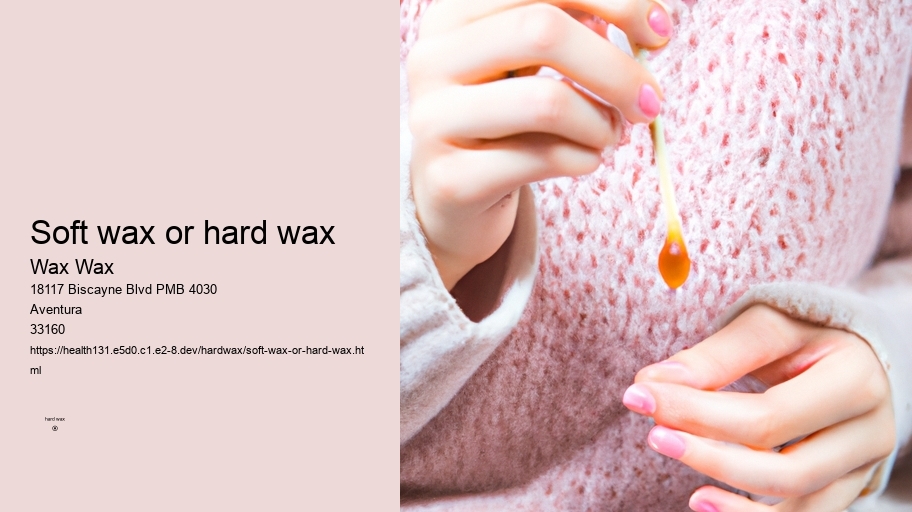

Historical facts about waxing
Exfoliate weekly: (To avoid) ingrown hairs, exfoliate the waxed area once a week using a gentle scrub. This will help remove dead skin cells and allow new hair to grow properly without getting trapped under the skin.
Waxing can be done on various parts of the body, including eyebrows, face, legs, arms, and intimate areas. It offers long-lasting results compared to shaving or depilatory creams because it removes hair from the root.
Ideal Length: For effective waxing,(hair should) be at least 1/4 inch long to ensure that the wax has enough grip to pull out the hairs completely.
Warm Wax: Warm wax is heated before application, allowing it to open up the hair follicles and reduce pain and irritation when removing unwanted hair from sensitive areas. (H3)
This article needs additional citations for verification . Please help improve this article by adding citations to reliable sources . Unsourced material may be challenged and removed.
[ edit ]
3. Is it important to avoid sun exposure before and after waxing?
Overall, waxing remains a popular choice for hair removal due to its effectiveness and longer-lasting results. The practice continues to be refined with new techniques and products being developed to improve the experience for those seeking smooth and hair-free skin.
[ edit ]
Waxing is an effective method of hair removal that offers a range of benefits, including less irritation compared to shaving.
Exfoliating after waxing can help prevent ingrown hairs, keep the skin smooth, and prolong the results of the waxing session.
Privacy and comfort: Waxing at home allows for a more private and comfortable experience compared to going to a salon. depilatory wax kit You can choose your own environment and set up a space that makes you feel at ease while waxing.
Waxing is a form of semi-permanent hair removal that involves applying a sticky substance, such as wax, to adhere to body hair and then removing this covering to pull out the hair from the follicle. New hair will not grow back in the waxed area for four to six weeks. Waxing can be done on various parts of the body, including eyebrows, face, legs, arms, back, abdomen, chest, and feet. There are different types of waxing methods available, such as strip waxing (soft wax) and stripless wax (hard wax and film wax). While waxing is an effective method for removing hair in large amounts at once and provides long-lasting results compared to shaving or using depilatory creams, it can also be painful and expensive. Some people may experience ingrown hairs or skin irritation after waxing.
This article is about the process of hair removal. For the increase in the Moon's apparent shape, see Waxing and waning . For the covering of fruits in wax, see Fruit waxing .

Despite its benefits, waxing also has drawbacks such as ingrown hairs and minor bleeding. Additionally, individuals with certain medical conditions or taking specific medications may be at higher risk for skin irritation or complications during waxing.
Male chest before and after waxing.
Find sources: "Waxing" news · newspapers · books · scholar · JSTOR ( April 2017 ) ( Learn how and when to remove this message )
It is recommended to use hard wax for sensitive areas like the face and bikini area, while soft wax can be used on larger areas like legs and arms.
Frequently Asked Questions
Waxing is a form of semi-permanent hair removal that involves applying a sticky substance, such as wax, to the skin and pulling out the hair from the follicle.